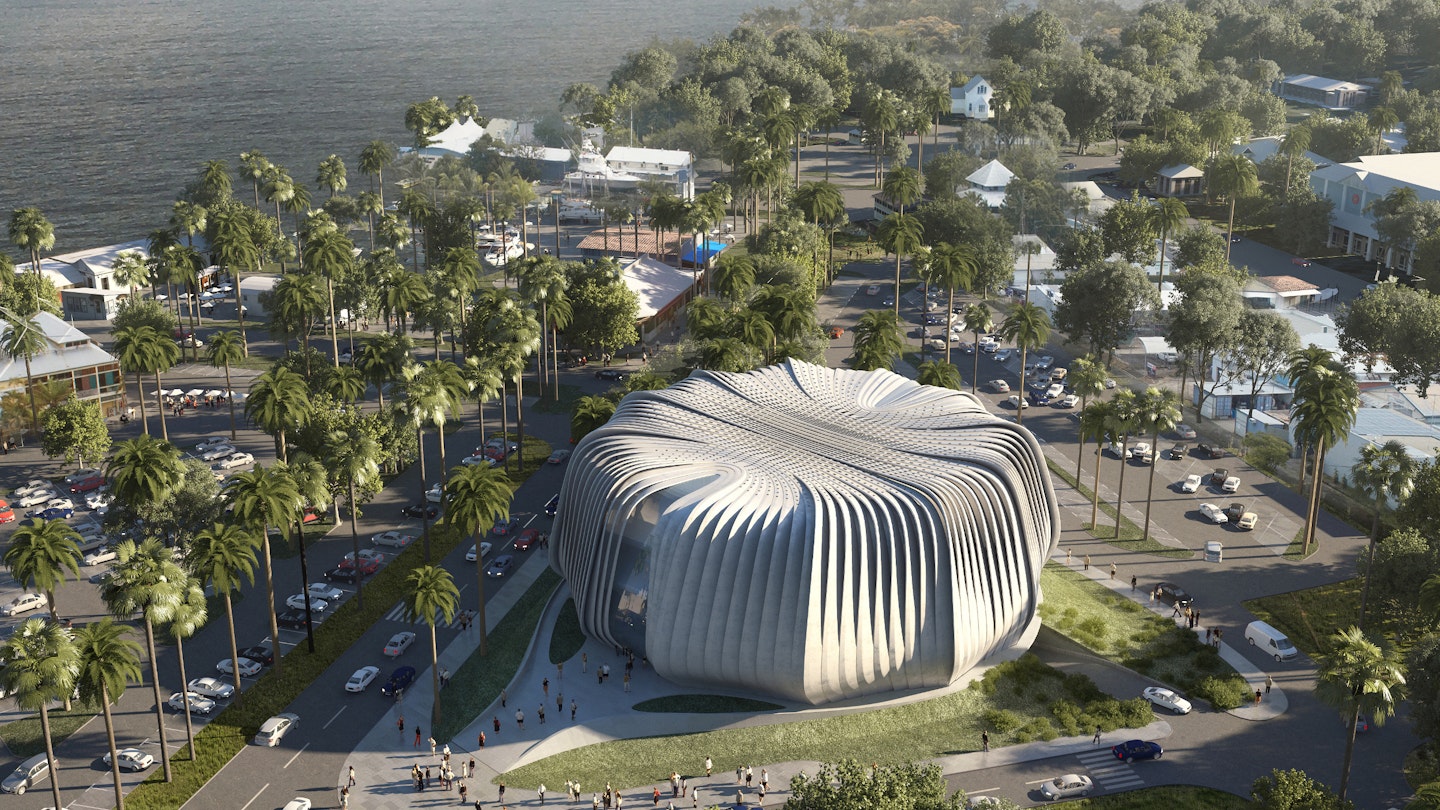Living Coral Biobank: A Crucial Step for Coral Conservation
Plans for the world’s first dedicated coral conservation facility have been revealed near the Great Barrier Reef in North Queensland, Australia. Called the Living Coral Biobank, it aims to secure the long-term future and biodiversity of corals worldwide that are under severe threat due to climate change.
Innovative Design for Coral Preservation
Moreover, the project is led by the Great Barrier Reef Legacy (GBR Legacy), who have unveiled designs created by Contreras Earl Architecture. This next-generation facility will incorporate renewable energy aimed at creating optimal conditions for coral storage while minimizing energy consumption and solar gain, effectively acting as a living “coral ark.” The primary goal of this facility is to keep alive and nurture over 800 species of hard corals, thereby preserving them for future generations and ensuring the survival of one of nature’s wonders.
The Need for Immediate Action
Recently, a shocking study revealed that the Great Barrier Reef has lost half of its coral due to climate change. From November onwards, the Living Coral Biobank Project team will initiate the process of identifying and collecting living fragments, tissue, and DNA samples from the Great Barrier Reef’s 400 coral species. Until the new facility is completed, the first hard coral species will be cared for by Cairns Marine, a leader in coral collection and husbandry. Once acclimated to life in a tank, these corals will be transferred to the initial holding tank in Cairns, allowing the public to learn about and appreciate the first species in the collection.
A Vision for the Future
Dr. Dean Miller, project director and managing director of the Great Barrier Reef Legacy, stated, “The Living Coral Biobank is the only project that can secure the living biodiversity of the world’s coral species immediately. To ensure this priceless living collection is held in perpetuity, we require the world’s most advanced facility. This facility will utilize renewable energy sources and function with optimum efficiency, all while providing an unforgettable visitor experience – and that’s exactly what this design delivers!”

A Multi-Functional Center
The facility will cover a 6,830-square meter area and host exhibition spaces, an auditorium, classrooms, and advanced research laboratories across four levels. Consequently, it will enable visitors to closely observe live specimens in aquarium displays, learn about coral ecosystems, and witness coral husbandry experts in a protected wet lab environment. Additionally, the facility will feature a unique function space that can accommodate 200 people. The completion of this remarkable facility is anticipated by 2025. For more information, visit the Great Barrier Reef Legacy’s official website.





